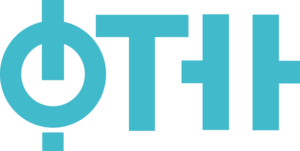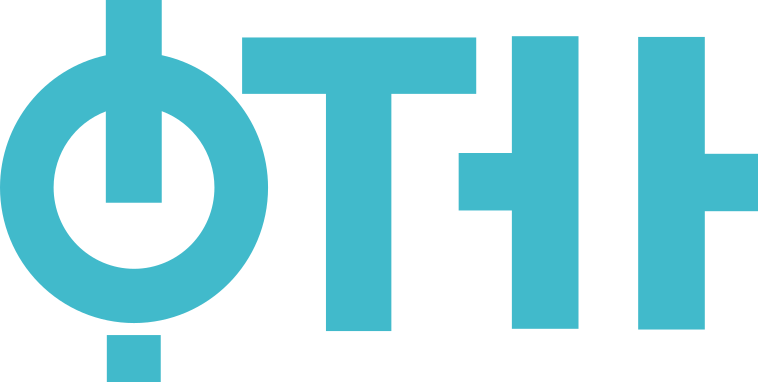Subject: Mathematical methods in biomedical sciences (17.OM539 )
Study programmes of the course:
| Type of studies | Title |
|---|---|
| Master Academic Studies | Mathematics in Engineering (Year: 1, Semester: Summer) |
| Category | Professional-applicative |
| Scientific or art field |
|
| ECTS | 5 |
Preparing the students to be capable for abstract thinking and gaining the basic knowledge from mathematical tools important for quantitative description of biomedical phenomena. After finishing of this subject students are enable to perform the sophisticated quantitative evaluation of statistical processes involved in cellular dynamics. This includes the application of Boltzmann’s, Maxwell’s and Gibbs’s statistics. Besides, the methods of nonlinear equations leading to appearance of solitonic waves will be elaborated. These waves serve as signal mechanisms within the functional dynamics of living cells.
The acquired knowledge the student uses in the future education and in the other subjects by constructing and solving the adequate mathematical models.
Theoretical study: The statistical thermodynamic distributions; Boltzmann’s, Maxwell’s and Gibb’s statistics and Arhenius law. The diffusion equations; The fluctuation-dissipation theorem. Langevin’s equations. The nonlinear differential equations which describe the mechanism of action potential in nerv-axon cells. (The Hodgkin-Huxley equation and the Fitzhugh-Nagumo equation). The solitonic waves as signaling mechanisms in living cells. Nonlinear differential equations of electrical transmission lines leading to the localized pulses of ionic currents in living cells.Practical classes (exercise): the exercises are performed with appropriate examples of theory that practicing a given material and therefore contribute to the understanding and practice of a given material.
Lectures. Numerical and calculation practice. Consultations. Lectures are organized in combined form. The presentation of the theoretical part is followed by the corresponding examples which contribute to better understanding of the theoretical part. During the practice classes which follow the lectures, the subject matter is supported by charactristic examples to provide futher practice and better understanding In addition to lectures and practice classes there are regular consultations. There is a possibility of taking partial examinations which cover certain logical units during the course.
| Authors | Title | Year | Publisher | Language |
|---|---|---|---|---|
| 1969 | English | |||
| 1986 | English | |||
| 2006 | English |
| Course activity | Pre-examination | Obligations | Number of points |
|---|---|---|---|
| Project | Yes | Yes | 15.00 |
| Lecture attendance | Yes | Yes | 3.00 |
| Written part of the exam - tasks and theory | No | Yes | 50.00 |
| Test | Yes | Yes | 10.00 |
| Final exam - part one | No | No | 25.00 |
| Test | Yes | Yes | 10.00 |
| Test | Yes | Yes | 10.00 |
| Exercise attendance | Yes | Yes | 2.00 |
| Final exam - part two | No | No | 25.00 |
Prof. Ivana Lončarević
Full Professor
Lectures

Assoc. Prof. Maja Nedović
Associate Professor
Lectures
Assoc. Prof. Dušan Ilić
Associate Professor
Practical classes
Assoc. Prof. Dušan Ilić
Associate Professor
Computational classes
Faculty of Technical Sciences

© 2024. Faculty of Technical Sciences.
Contact:
Address: Trg Dositeja Obradovića 6, 21102 Novi Sad
© 2024. Faculty of Technical Sciences.



